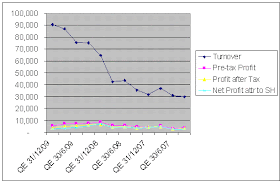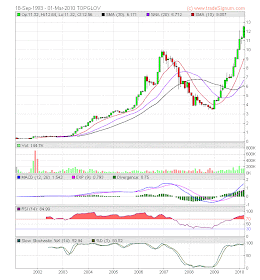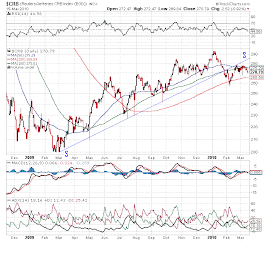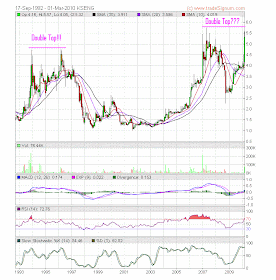Analabs Resources Berhad ('Analabs') is an investment holding company, which is involved mainly in the recovery and sale of recycled products primarily in Malaysia and Singapore. In July last year, Analabs acquired 100% equity interest in Coveright Surfaces Malaysia Sdn Bhd ('Coveright Surfaces') for a cash consideration of RM40.0 million. Coveright Surfaces is involved in the manufacturing and sale of resin impregnated papers.
Recent Financial Results
Analabs has just announced its results for 2Q2010 ended 31/1/2010. Its net profit increased by 48% q-o-q or 152% y-o-y to RM5.6 million while turnover increased by 40% q-o-q or 214% y-o-y to RM38 million. The huge jump in turnover & profitability is attributable to the great acquisition of Coveright Surfaces, which in 2 quarters contributed operating profit of RM8.5 million & turnover of RM44.6 million. For full year, we can expect Coveright Surfaces to generate an operating profit of RM17 million or after-tax profit of RM12.75 million (based on tax rate of 25%).

Table: Analabs's last 8 quarterly results

Chart 1: Analabs's last 10 quarterly results
Valuation
Analabs (closed at RM1.39 in the morning session) is now trading at a PER of 4.4 times (based on annualized EPS of 31.9 sen which is derived from the 1st two quarters' results). At this multiple, Analabs is deemed fairly attractive.
Technical Outlook
From Chart 2 below, we can see that Analabs is in an uptrend line with support at RM1.10. Today, Analabs surged past its overhead resistance at RM1.28. The next resistance is at RM1.60.

Chart 2: Analabs' daily chart as at March 30, 2010_3.10pm (Source: Tradesignum)
From Chart 3 below, we can see that Analabs has broken above the 'horizontal' line resistance (RR) at RM1.30. Its next resistance is at RM1.60

Chart 3: Analabs' weekly chart as at March 30, 2010_3.10pm (Source: Tradesignum)
Conclusion
Based on better financial results ahead & attractive valuation, Analabs coudl be a good stock for long-term investment.















































